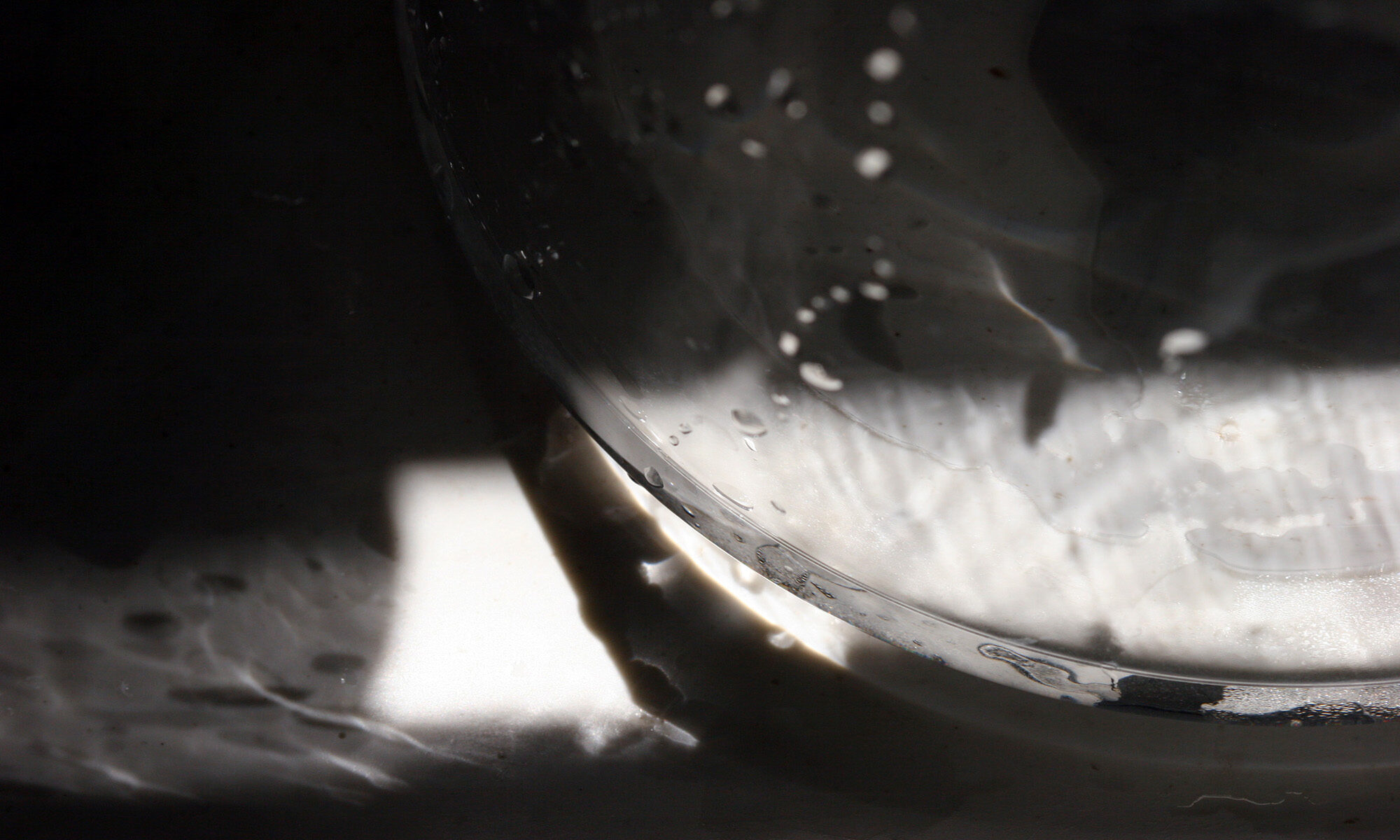Everything returns to normal after Чорнобильська катастрофа. That is, everything but art. Most of the great works are lost, and it is up to people like William Shakespeare Junior the Fifth to restore the lost artwork of the human race. He finds strange goings-on at a resort enough to remind him of all the lines of the play, dealing with mob boss Don Learo and his daughter Cordelia, a strange professor named Jean Luc-Godard (sic), who repeatedly xeroxes his hand for no particular reason. He is followed by four humanoid goblins that keep tormenting Cordelia. There is also the gentleman whose girlfriend, Valerie, isn’t always visible.
Centering around the phrase ‘No Thing’. Jean Luc Godard, a stalwart of the French New Wave Cinema, superimposes his eccentric avant garde experimentalism, a Study based on the Classic Shakespearean tragedy King Lear, in a modern contextual interpretation. The following a non-linear plot structure as referred Shot In The Back in the intertitle. Godard brings his personal approach, rendering a modern interpretation, and his subjective construction.
Peter Sellars as a descendant of the legendary playwright William Shakespeare sets forth to revive his ancestors lost art in a world post the Chernobyl disaster. He discovers the characters under mysterious circumstances at a hotel in Nyon Vaud, Switzerland (the locale is alluded as a mystical place in between France and Germany with sea and woods). Don Learo and his daughter Cordelia substitute the father-daughter duo of the Shakespearean classic suffering from a similar or identical hamartia, a tragic flaw so ingrained in the father-daughter relationship as the existential fight between Power versus Virtue. The end is predictable, as Cordelia succumbs failing to express her love for her father. The lack of not having her heart in her mouth suffocates her in awkward circumstances depicted through her internal psychological conflict, brooding silence and disinterested appearance. Her inability and inexpression tortures her father intolerably as he attempts over the time to silence her silence. The No Thing or Nothing of Cordelia results in a faulty meaning generation owing to her fathers incapacity of acceptance and understanding, rather misinterpreting her silence as a lack of love, leading to the tragic conclusion too late to rectify. Other alternate character additions worth mentioning: Professor Pluggy (starring Godard himself) a frenzied clairvoyant substitute of the Shakespearean Fool, obsessed with photocopying his own hand, whose strangely mysterious last words bear an uncannily absurd co-incidental reference to the name of the film editor Mr Alien featuring in the end. Godard also incorporates Shakespeares paranormal elements in the form of four shadowy human-like figures imitating and following the central characters everywhere (as depicted in first half when Peter scribbles on a notepad whilst walking around the woods seeking inspiration the human goblins emulate and follow him). Godard surpasses nudity with this film, as he barely includes any intimate sequence or moments. As his character Peter is required by Cannon Films (the actual film Distributor) to exclusively exclude any form of nudity from his creative themes thus directing his interest in the father-daughter conversations patronising them as his central characters.
The camera work and cinematography is well conceived opening new perspectives. The mise en scene is seamlessly blended as thematically the desolate tourist location is ideal, merging the backdrop smoothly into the plot. But the real show stealer are the ground breaking dialogues, interesting sound bits (of screeching sea gulls), intense voice-overs and critical soliloquies as the plot gains momentum from the audio sound bits and the voice-overs helping in character introspection and giving psychological insight in the characters mental state. Reference clippings of Renaissance artworks of Michelangelo with some French Impressionism along with special emphasis on The Girl With A Pearl Earring of Johannes Vermeer and paintings of Francisco Goya, etc are focused through a candle flame depicting the necessity of art revival in the modern world interests.
Godard successfully brings forth his subjective approach and personal interpretation though faltering significantly in generation of audience response and interests. As the film defaults into a haphazardly non-linear structure at times losing track and audience interest (although partially attempted to regenerate through the loud sound bits and uncanny voices). The film lacks outlined character structure and is more absurd in nature. The film plot appears less concrete, is more suggestive in nature and would have more impact with better execution. Godard struggles to present the films thematic raison d’etre with incessant use of intertitles, imparting his interoperation to the audience, facilitating understanding and acceptance of the film as a personal study, a subjective reconstruction of the play. True enough, it is Fear & Loathing. Godard puts forth his personal cinematic take on a Classic.



